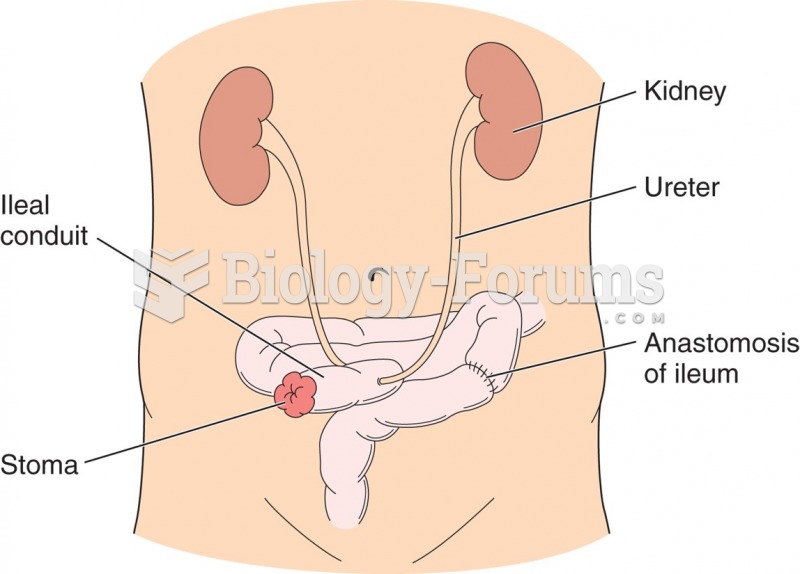|
|
|
In 2010, opiate painkllers, such as morphine, OxyContin®, and Vicodin®, were tied to almost 60% of drug overdose deaths.
There are major differences in the metabolism of morphine and the illegal drug heroin. Morphine mostly produces its CNS effects through m-receptors, and at k- and d-receptors. Heroin has a slight affinity for opiate receptors. Most of its actions are due to metabolism to active metabolites (6-acetylmorphine, morphine, and morphine-6-glucuronide).
Elderly adults are at greatest risk of stroke and myocardial infarction and have the most to gain from prophylaxis. Patients ages 60 to 80 years with blood pressures above 160/90 mm Hg should benefit from antihypertensive treatment.
Most childhood vaccines are 90–99% effective in preventing disease. Side effects are rarely serious.
If all the neurons in the human body were lined up, they would stretch more than 600 miles.
 Blending inheritance formed the basis of nineteenth-century critiques of evolution by natural select
Blending inheritance formed the basis of nineteenth-century critiques of evolution by natural select
 Reticulocytes are immature red cells that can be identified by a reticular (mesh-like) network of ...
Reticulocytes are immature red cells that can be identified by a reticular (mesh-like) network of ...





